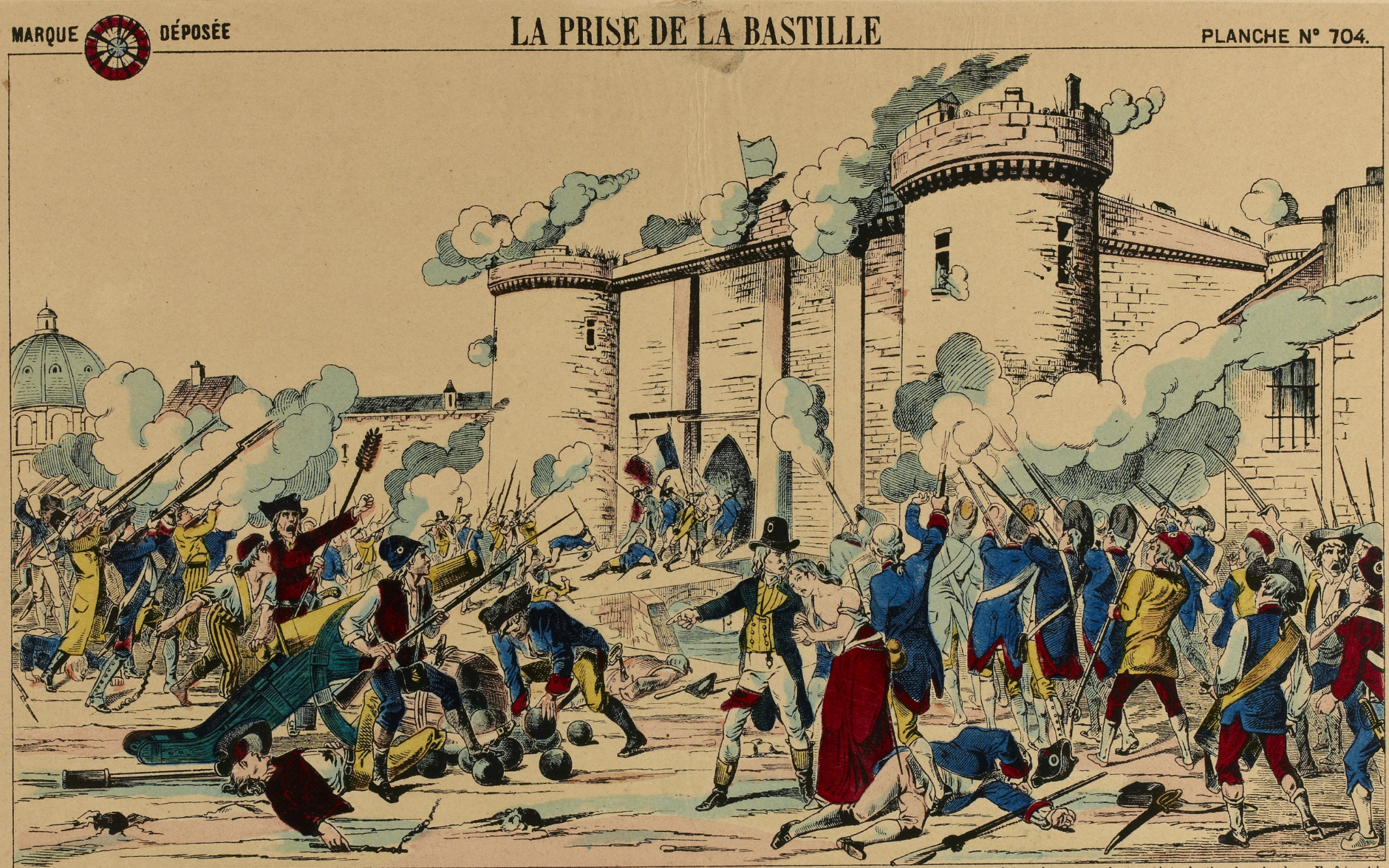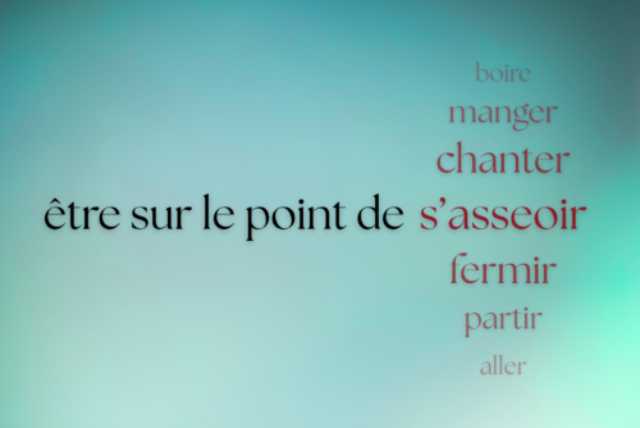The story behind the French flag
Posted by Josh on 8th Feb 2024 in the blog in the french culture category
Introduction
It’s one of the most recognisable flags in the world, as well as one of the oldest still in usage. Whether it’s flying from the top of the French embassy or festooned on the side of a packet of croissants, you’re bound to have encountered the French flag in many different forms and places. But have you ever wondered where it comes from?
The short answer is, of course: France. But the long answer is embroiled with the history of the modern nation-state, and takes us back more than 200 years into the past.
What are the origins of the French flag?
The flag first came into use in 1794 – just before the French Revolution – when it was used as a royal ensign on the ship L'Etoile. It was just one flag among many; at the time, France didn’t have an official flag, but rather had different flags for different occasions and purposes, and the closest it had to a national flag was the royal coat of arms, which took the form of a blue shield with three golden fleurs-de-lis. It wasn’t until 1830 that the newly formed French Republic officially adopted the red, white and blue as its national flag. In this, the French were following the example of the Americans, who after their own Revolution (1775-83) raised the stars and stripes from its exclusively military context and repurposed it as the national flag.
Why red, white and blue?
After the Dutch Revolt, the tricolour style – that is, a flag with three stripes – became associated with anti-authoritarian principles, and various republics across Europe adopted this design in one way or another to signal a shift in government. The French flag even retained the same colours as the flag of the Netherlands, merely flipping the design on its side. However, the colours were not chosen to honour the Dutch, but rather to reflect the symbols of France's history.
The blue is identified with the flag of Saint Martin, while the red is associated with Saint Denis. Together these colours – and the saints they represent – have traditionally been associated with Paris. The white, on the other hand, is believed to be a legacy of the House of Bourbon. Despite this royal connection, a red, white and blue cockade was also worn by the militia who stormed the Bastille, and this provided another inspiration for the Republic to adopt the tricolour in the subsequent decades.
On a purely aesthetic level, the colours simply work well together, which is perhaps why they’re the most common combination of colours in national flags across the world, from Chile and Thailand to the Russian Federation and the USA. In fact, taken individually, red appears on an impressive 78% of national flags around the world, while blue and white aren't far behind with 71% and 50% representation respectively.
The influence of the French flag
In The Leopard, Giuseppe Tomasi de Lampedusa's classic novel about the decline of feudal Sicily, his protagonist derides the new Italian flag as a 'scimmiottatura dei francesi’ – a way of aping the French. Indeed, inspired by the French Revolution, the ministers for the new Italian republic all but copied the French flag for their own national flag in the late 19th century, merely changing the blue to green.
It wasn't just Italy. Just as the flag of the Netherlands influenced the new flags of other countries in Europe, the French flag also formed a source of inspiration for new nations, particularly republics. Neighbouring countries such as Andorra and Luxembourg based their design on the French model. Further afield, former French territories such as Chad and Haiti also based their flags on the French flag after achieving independence. And for some flags, the precise source of their inspiration remains shrouded in mystery. For example, some believe the Romanian flag, which is identical except for the central stripe, was also inspired by the French flag.
Check out some of our other blog posts!
What is Verlan?
Posted on by Josh in the french culture, learning french categoryLearn about this popular form of French slang
Read moreÊtre sur le point de
Posted on by Josh in the french grammar categoryHow and when to use this key expression in French
Read moreHave fun learning French Today
People from all over the world enjoy learning French with Alexa Polidoro’s popular French audio and video lessons.



